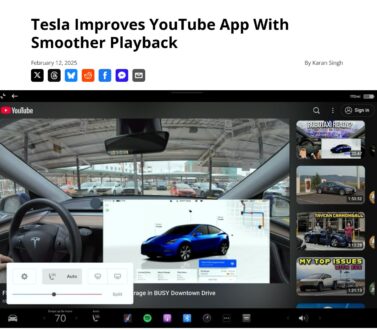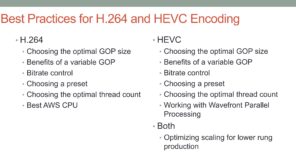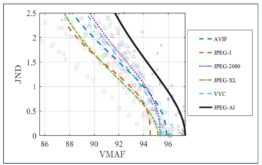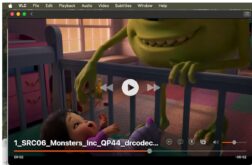When my daughter owned a Tesla during her college years, one thing I never thought to do was play YouTube videos on the LCD panel. It turns out that was a good call—if I had tried to stream AV1 content, playback performance likely would have been choppy and disappointing.
Why bring this up? Tesla recently announced that it was rolling back YouTube streaming from AV1 to VP9, citing smoother playback as the reason for the change. The problem? AV1’s software decoding was struggling, particularly on Intel-based Tesla models, leading to an inferior viewing experience. Even on other Tesla models, the lack of AV1 hardware acceleration meant software playback was still inefficient.
This isn’t the first time we’ve seen a major company wrestle with the realities of AV1 software playback. Over the years, several organizations have attempted to implement AV1 without dedicated hardware decoding, only to find that real-world performance issues forced them to rethink their approach.
Contents
LCEVC’s Role: Improving AV1 Software Playback
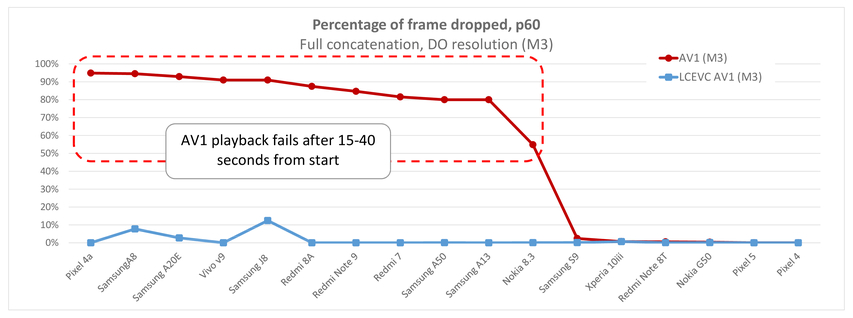
The SVT-AV1 + LCEVC study indirectly confirmed what many in the industry already suspected—software AV1 decoding struggles at scale. The research explored layering LCEVC on top of SVT-AV1 to improve efficiency, effectively acknowledging that raw software decoding isn’t sustainable without additional optimizations. While LCEVC offers meaningful performance improvements, the fact that such workarounds are necessary reinforces that software-based AV1 is not a one-size-fits-all solution.
Google’s Premature AV1 Push for Android:
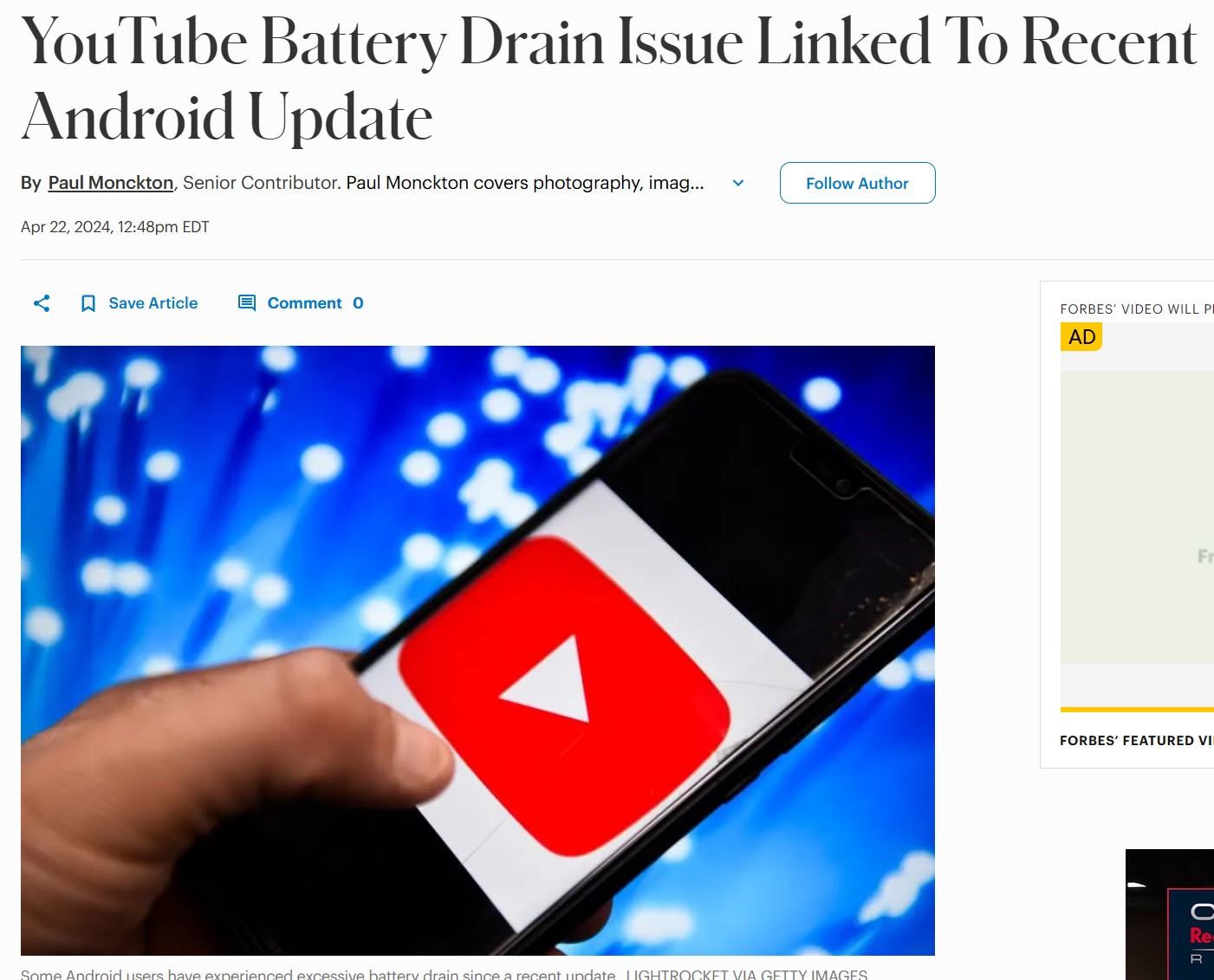
Google also ran into challenges when pushing AV1 as the default codec for YouTube on Android. Many devices lacked hardware acceleration, forcing software decoding that might lead to increased power consumption and inconsistent performance. I say “might” because this seems like a mountain out of a molehill-ish controversy, particularly since this Reddit post found “on this phone [a Samsung Galaxy A14], you could watch 11 hours and 15 minutes of 720p AV1 web video before the battery got down to 10% capacity. This controversy seemed to quickly run its course and disappear.
Meta’s Experience: AV1 Rollout Required Extensive Testing
Tesla isn’t the only company that has had to carefully consider AV1 playback challenges. Before deploying AV1 for Instagram Reels, Meta conducted extensive benchmarking on Android devices to determine where software decoding was feasible.
“We eventually decided to run a small benchmarking test to measure performance and give each phone a performance score. This benchmarking test consisted of basic compute operations, including Gaussian blur, memory allocation, memory copy, and 3D rendering. With this approach, we could assign scores to any existing or upcoming mobile phones and group them based on those numbers. Our A/B tests then identified the models that could support 720p, 1080p, and 10-bit HDR playback.
After the initial Android rollout, we started to enable AV1 hardware decoding for the few Android phones that support it. We expect hardware decoding to improve AV1 performance, and we plan to perform large-scale tests when a larger number of capable phones become available.”
The fact that this level of testing was necessary speaks volumes about AV1’s inconsistent software performance across different hardware platforms (and how hard Meta works to ensure high QoE even on their UGC apps). Without proper validation, rolling out AV1 too broadly could have resulted in significant playback issues, particularly on lower-end devices.
Tesla’s YouTube Rollback: Software AV1 Falls Short:
Tesla’s decision to revert to VP9 for YouTube is the latest cautionary tale about relying on AV1 software playback. While AV1 is more efficient in terms of compression, its decoding complexity makes it challenging to handle without dedicated hardware acceleration. The Intel Atom processors in older Teslas simply couldn’t keep up, leading to stuttering and buffering. Even newer Tesla models powered by AMD Ryzen chips don’t include AV1 hardware decoding, meaning software playback remained inefficient. Ultimately, Tesla opted for a more stable experience—choosing VP9 over AV1.
The VP9 video codec that the YouTube app is now using is much easier to decode, making it less taxing on the vehicle’s processor. This change is particularly beneficial for Tesla vehicles with Intel processors, which previously struggled to stream video at just 720p. When using AV1, these vehicles often experienced stuttering, sometimes forcing the YouTube app to automatically downgrade playback to 480p.
With this update, Intel-based Teslas should now be able to stream at 1080p smoothly. Streaming at 1440p is also possible, although occasional stutters still occur as the system keeps up with the decoding process.
Intel-based vehicles are the big winners with this change, but this appears to affect AMD Ryzen-based infotainment units as well, providing even smoother playback.
VVC’s Software Playback Claims: History Repeating Itself?
Some proponents of VVC argue that software decoding will be viable for mobile, echoing the same claims once made about AV1. To be fair, in tests I performed in 2023, VVC software playback performed surprisingly well on an older workstation.
However, given how AV1 has struggled in software, particularly in mobile, there’s little reason to believe VVC—an even more complex codec—will fare any better. If anything, AV1’s struggles should serve as a warning: assuming that software decoding for VVC will be sufficient is a risky bet.
Conclusion
There may come a time when software playback is an excellent option for certain publishers targeting specific markets, but the past few years have shown that this approach should be met with skepticism. To be clear, AV1 software playback isn’t failing across the board. In addition to Meta’s experience with Reels, Netflix recently reported that AV1 is its second most-streamed format, delivering substantial bandwidth savings and QoE improvements. But like Meta, Netflix has the in-house expertise and scale to test thoroughly before deploying. Once you get below the tippy top tier of publishers, few other organizations boast the same resources. And it’s unclear how much AV1 Netflix is pushing to mobile rather than Smart TVs, which is the dominant playback platform.
The takeaway is clear: AV1 software playback isn’t universally broken, but it isn’t universally viable either. Before rolling out AV1—or any next-gen codec—publishers should rigorously test whether software decoding delivers the comprehensive quality of experience they aim to achieve.
 Streaming Learning Center Where Streaming Professionals Learn to Excel
Streaming Learning Center Where Streaming Professionals Learn to Excel

